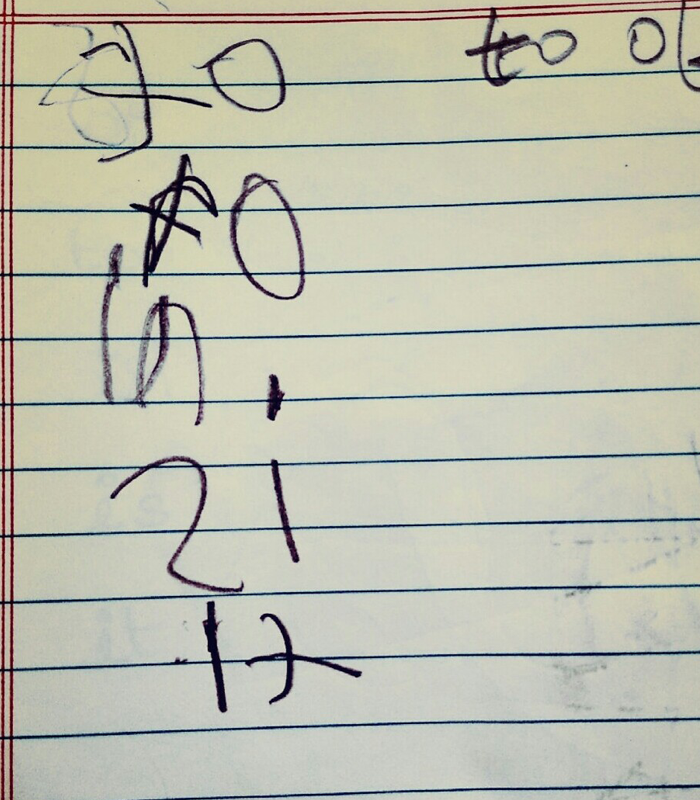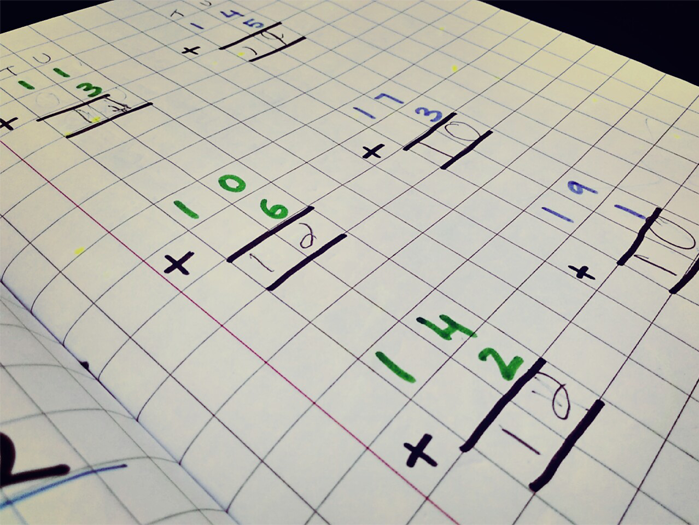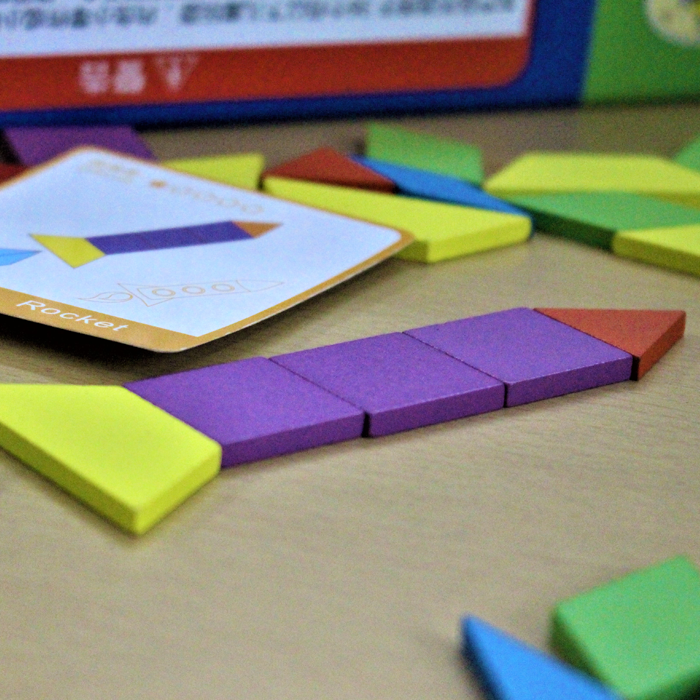Kindergarten through grade 4
Children in kindergarten through fourth grade may:
- Have difficulty reading single words that are not surrounded by other words.
- Be slow to learn the connection between letters and sounds.
- Confuse small words such as “at” and “to,” or “does” and “goes.”
- Make consistent reading and spelling errors, including:
- Letter reversals such as “d” for “b.”
- Word reversals such as “tip” for “pit.”
- Inversions such as “m” and “w” and “u” and “n.”
- Transpositions such as “felt” and “left.”
- Substitutions such as “house” and “home.”




